Soushunfu
Haru wa nanomi no kaze no samusa yo
Tani no uguisu uta wa omoedo
Toki ni arazu to koe mo tatezu
Toki ni arazu to koe mo tatezuKoori tokesari ashi wa tsunogumu
Sate wa tokizo to omou ayaniku
Kyou mo kinou mo yuki no sora
Kyou mo kinou mo yuki no soraHaru to kikaneba shirade arishio
Kikeba sekaruru mune no omoi wo
Ikani seyoto no kono goroka
Ikani seyoto no kono gorokaLyricist : YOSHIMARU Kazumasa
Composer : NAKADA Akira
in1913
Ode to Early Spring
Although it is spring, the wind is still cold.
Japanese nightingale who live in the valley don’t forget the crying sound,
When “it is not yet the time ,” it does not sing.
When “it is not yet the time ,” it does not sing.
The ice melts and the buds sprout,
I thought it was time to germinate flowers,
The sky was snowing yesterday and today.
The sky was snowing yesterday and today.
If I didn’t hear that spring came, I heard something that I didn’t know, so I was hurried.
How should this feeling be done?
How should this feeling be done?

The Delicate Season Between Winter and Spring
“Soushunfu” is a song that beautifully expresses the anticipation of spring in Japan, capturing the transitional period from early February (around “Risshun” in the traditional 24 solar terms) through March. Despite being officially spring, this period is characterized by winter’s lingering presence—the wind remains chilly, and even the nightingale, traditionally known as the herald of spring, still refrains from singing. The landscape presents a poetic contradiction: plum blossoms beginning to bloom while snowflakes continue to fall, and fresh reeds sprouting along waterways despite the persistent cold. These elements combine to create a poignant portrayal of the longing for spring’s full arrival.
Though written in classical Japanese style, the lyrics offer a beautiful resonance without overly difficult pronunciation, making it an ideal piece for those studying Japan’s traditional musical heritage.
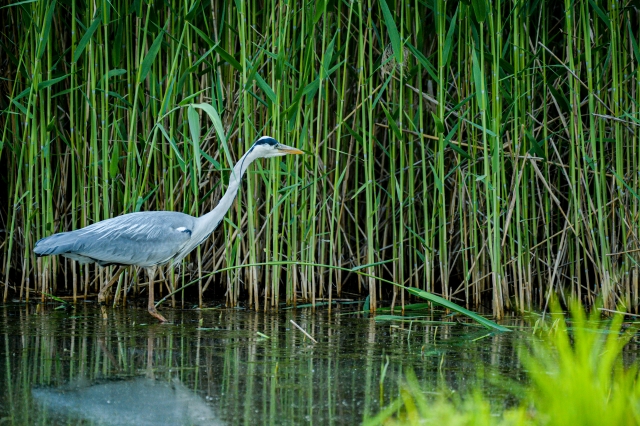
The Inspiring Origins in Nagano’s Alpine Landscape
The song originated in the early Taisho era (1912-1926) when YOSHIMARU Kazumasa, a respected professor at the Tokyo Music School and member of the “Jinjo Shogakko Shoka” (Elementary School Songs for Common People) compilation committee, visited Azumino in Nagano Prefecture. The melting snow scenery around Hodaka Town profoundly moved YOSHIMARU, inspiring him to compose the poem for “Soushunfu.” For the musical composition, he turned to his colleague NAKADA Akira, a renowned composer who was the father of NAKADA Yoshinao (known for beloved songs such as “Natsu no Omoide,” “Chiisai Aki Mitsuketa,” and “Yuki no Furu Machi wo”).
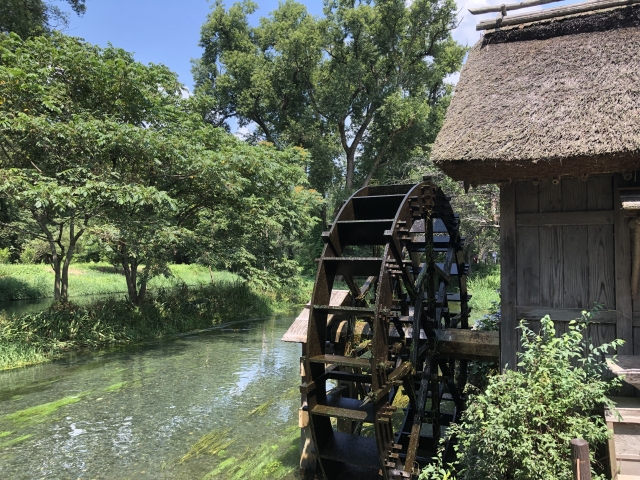
Azumino: The Landscape That Inspired a Classic
Nestled at the foot of the Northern Japan Alps, Azumino presents a striking natural environment that was particularly impactful for YOSHIMARU. Having been born and raised in the warm climate of Oita Prefecture in Kyushu, the distinct seasonal transitions and alpine scenery of Azumino offered a fresh perspective that deeply influenced his artistic sensibilities.
The region is characterized by remarkable natural beauty—crystal-clear streams fed by alpine snowmelt, vast fields framed by mountain vistas, and a distinctive climate that remains cool even during summer months. This environmental contrast between his native Kyushu and the alpine landscape of Nagano likely heightened YOSHIMARU’s sensitivity to the subtle signs of early spring depicted in the song.
Azumino’s agricultural fame for premium wasabi and soba noodles further connects to its exceptional water quality and climate—elements that form the backdrop for the song’s portrayal of nature’s awakening. Today, visitors to the area can find a monument commemorating the creation of “Soushunfu,” recognizing the song’s cultural significance and connection to this specific landscape.
User: (WT-shared) NY066 at wts ウィキボヤージュ, CC 表示-継承 3.0, リンクによる
Cultural Recognition and Enduring Legacy
“Soushunfu” has earned significant recognition in Japan’s cultural canon, being selected as one of the “100 Best Japanese Songs” by both the Japanese Agency for Cultural Affairs and the Japan PTA National Council. This official recognition highlights the song’s artistic merit and its importance in preserving traditional Japanese sensibilities about nature and seasonal transitions.
The song continues to be taught in schools and performed in various contexts, serving as both a cultural touchstone and a reminder of Japan’s deep poetic tradition of observing and celebrating the subtle changes in nature throughout the year.


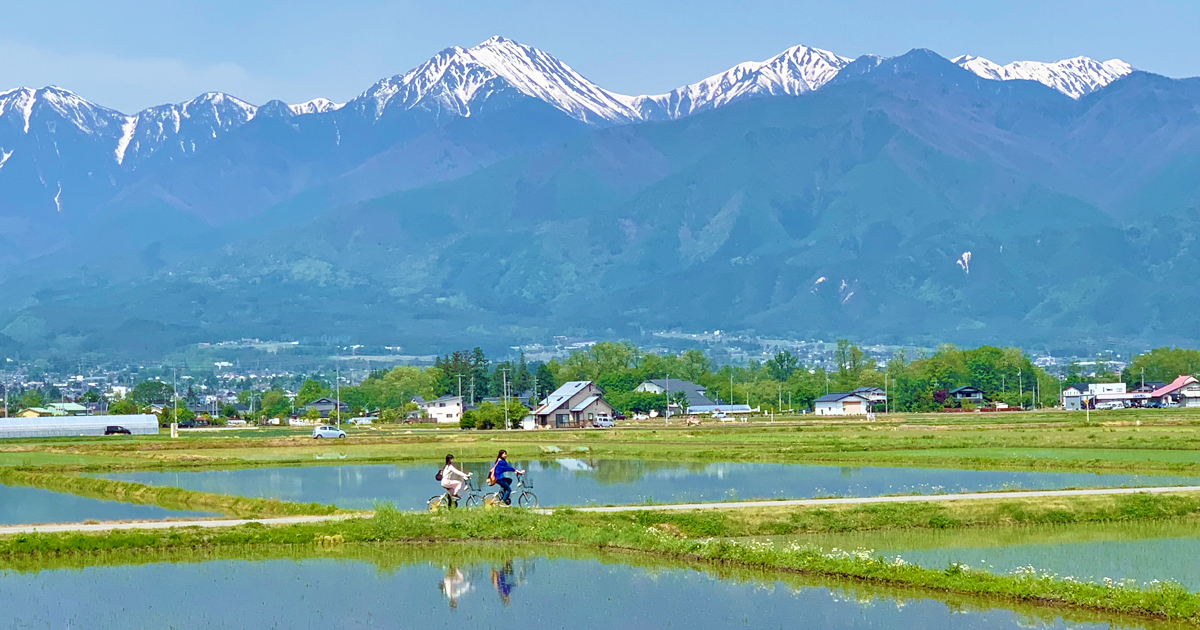
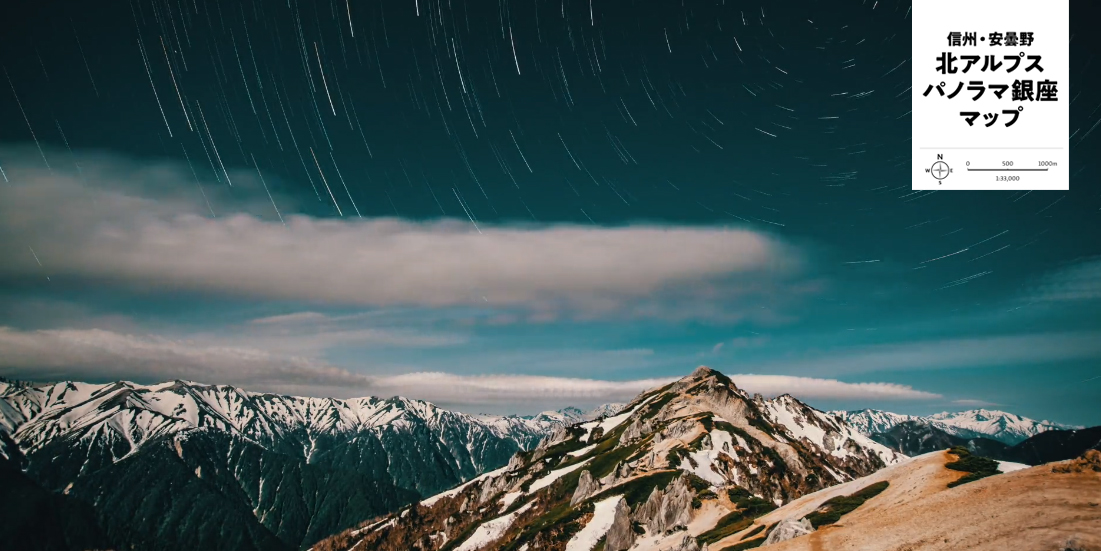

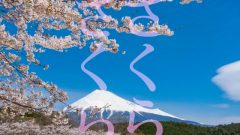
コメント